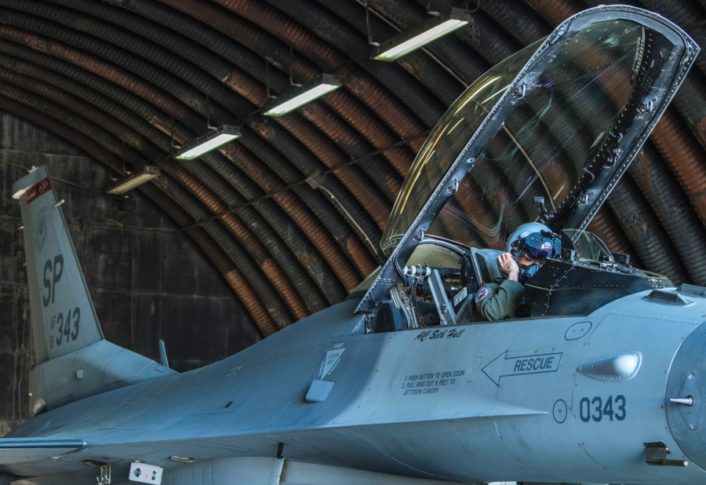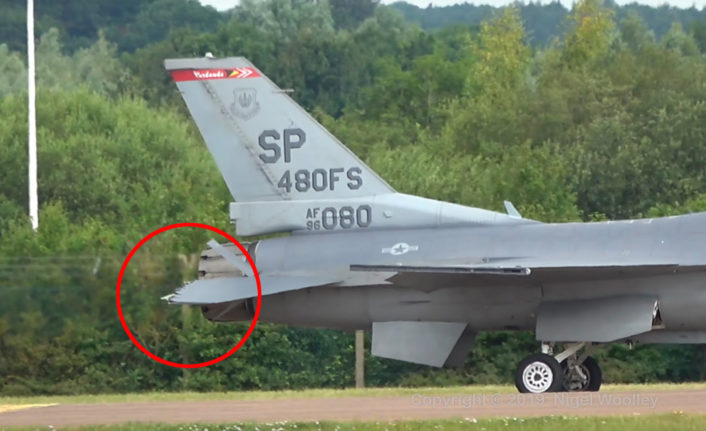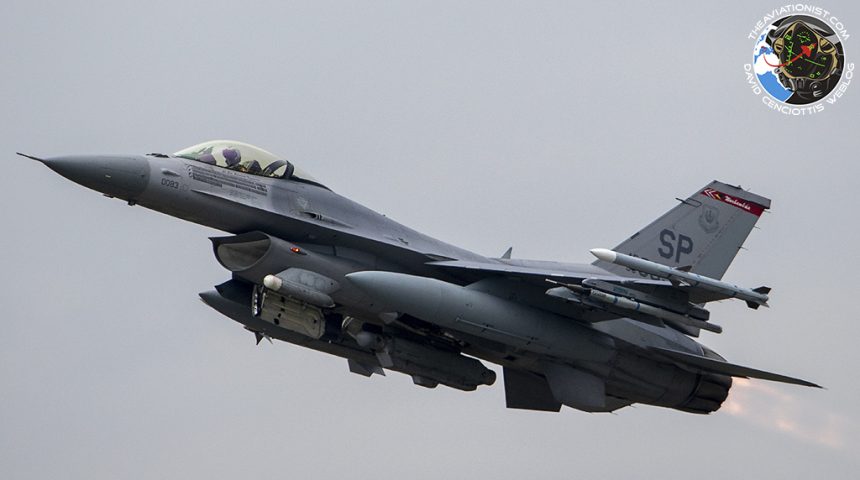Thanks to a Service Life Extension Program, 300 F-16C/D jets will have their life extended up to 12,000 flying hours.
On Apr. 23, 2020, the F-16C tail number #91-0343 assigned to the 480th Fighter Squadron of the 52nd Fighter Wing, based at Spangdahlem Air Base, Germany, became the first Block 50 “Viper” (as the Fighting Falcon is nicknamed within the fighter pilot community) in Europe to achieve 10,000 FH (Flight Hours), Stars and Stripes reported.
Tail “343” is the second F-16 in USAF inventory to achieve the 10K FH mark: the first the tail number #90-0808, a Block 50 F-16C flying with the 14th FS/35th FW out of Misawa AB, in Japan, that achieved the 10,000 flight hours on Jun. 10, 2019. Interestingly, the F-16 at Misawa hit first the milestone but it took 26 years and 11 months to reach 10,000 hours – two months longer than the Spangdahlem jet.

Whatever, it’s worth remembering that the Block 50s were initially designed for a service life of 8,000 FH. However, thanks to the F-16 Service Life Extension Program, SLEP, launched in 2017, 350 will receive structural modifications that will raise their service life from 8,000 to 12,000 hours: what’s needed to keep the Viper in service until 2045 -2048. There would also be room for a further extension as one test article, put through simulated was put through a simulated service life of more than 27,000 hours!
The SLEP combines a dozen structural modifications into one repeatable package – from bulkheads to wings and canopy with all the stateside modifications completed at Hill AFB. The work on each airframe takes about 9 months at a cost of $2.4 million.
As a side note, some of our readers will probably remember what happened to the USAF Viper Demo Team F-16C at RIAT (Royal International Air Tattoo), at RAF Fairford, UK, on Jul. 21, 2019: the airframe 96-0080 suffered delamination (i.e. “separation along a plane parallel to a surface, as in the separation of a coating from a substrate or the layers of a coating from each other or, in the case of a concrete slab, a horizontal splitting, cracking, or separation near the upper surface”) of the right H-stab few minutes into the display forcing Maj. Garret Schmitz, pilot and commander of the Demo Team, to stop his routine and declared an emergency. Back then, someone wondered whether the Demo Team aircraft, by accident on loan from the 480th FS Warhawks from Spangdahlem, had undergone SLEP modifications already. However, SLEP does not affect the tail stabilizers (or H-stabs) that, as all the other core flight control surfaces, are replaced when needed.










